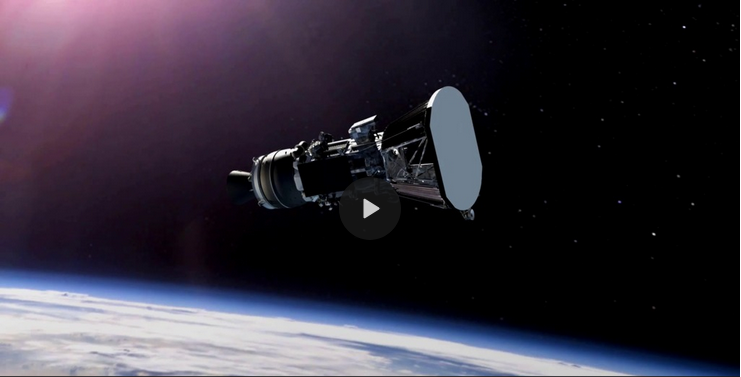
Last month NASA launched the Parker Solar Probe, its second deep space mission in 2018. (The other was Insight, destined for a November landing on Mars.)
Parker is different from other solar missions of the past that observed the sun from far off. Parker will get up close and personal to our scorching star, Sol.
Past solar missions observed the sun at safe distances. One popular place to station solar observing spacecraft is at a location known as Earth’s 1st Lagrangian point (L1), nearly a million miles away in the direction of the sun. One advantage of L1 is early warning for waves of plasma particles belched from the sun in massive storms. NASA’s Advanced Composition Explorer (ACE) provides a 1-hour warning of approaching geomagnetic storms from its L1 perch.
Ulysses was a spacecraft that observed the sun from a much farther distance from earth as well as from the sun. It was launched toward the outer gas giant planet Jupiter whose gravity caused Ulysses’ trajectory to bend upward and around the top of the sun. The goal was to observe the sun from high solar Latitudes far above the ecliptic plane — the plane defined by earth’s elliptical orbit.
But Parker is speeding in toward the sun via the terrestrial planet Venus. During its lifetime it will use seven flybys of Venus to gradually shrink the perihelion (closest point to the sun) of its orbit over the course of seven years. Eventually it will pass less than 4 million miles from the sun’s outer surface. That is seven times closer to the sun than any previous spacecraft. That’s a lot of sevens.
Parker was built in Maryland at The Johns Hopkins University Applied Physics Laboratory. One of the big challenges was development of its thermal protection system. Without it, heat from the sun would destroy the spacecraft. A 4.5-inch thick carbon-composite shield will protect the delicate experiments, antennae and even solar panels of the spacecraft. The sunward-facing side of the shield will experience a temperature of up to 2,500 degrees Fahrenheit while the other side of the shield never rises above a room-temperature-like 85 degrees F.
Parker is equipped with four major instruments. They will observe and collect data and measurements of electric and magnetic fields and waves, temperature, plasma density and fluctuations, solar radio emissions, electrons protons and other heavy ion particles, solar wind measurements, as well as imaging.
You can learn more about Parker by taking a deep dive with Google. There is plenty of information available on the spacecraft hardware, mission and personnel.
Also, at the regular Sept. 12 meeting of the Westminster Astronomical Society (WASI), guest speaker Tim Cole from the NASA Goddard Spaceflight Center in Greenbelt will discuss the Parker Solar Probe mission. The meeting starts at 7:30 p.m. at the Bear Branch Nature Center (BBNC), 300 John Owings Road. The monthly meetings are open to the public and are free.
Also coming up on Saturday, Sept. 8 at 7:30 p.m. is a program in the BBNC planetarium followed, weather permitting, by astronomical observing at the co-located B.F. Roelke Memorial Observatory. Reservations are required for the planetarium. Call 410-386-2103 to reserve your planetarium seat.
Observatory observing is free and starts at 8:30 p.m.
–Curtis Roelle
